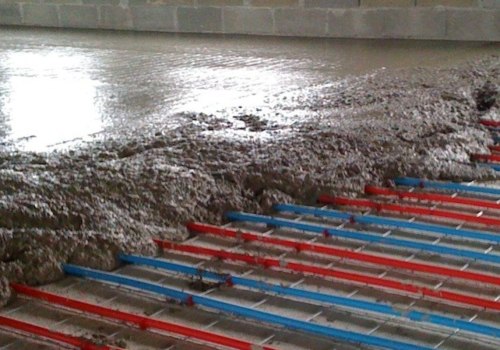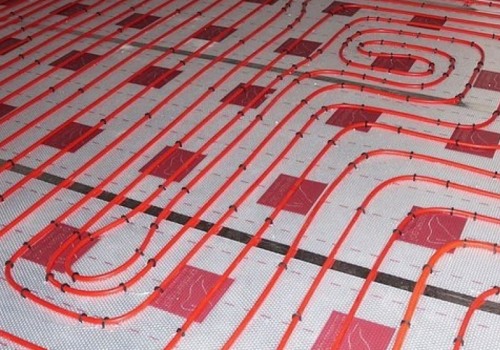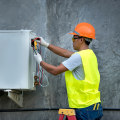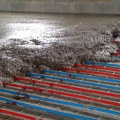Wet underfloor heating systems with screed are the most popular and effective type of underfloor heating. The pipes are fastened or stapled into a layer of insulation, then the screed is placed on top. Hot tubes effectively heat the entire slab, providing a uniform and constant heat output. Stay comfortable with underfloor heating.
Here are the different types and costs to consider before installation. Electric underfloor heating is usually cheaper and easier to install than wet underfloor heating. However, running costs can be three times higher. When the system is turned on, water (between 30°C and 35°C) is circulated through the pipes to heat the upper floor, thus heating the entire room.
For all those who are novices and are just playing with a debut floor heating system, this may be one of the best options for you. This allows you to control when those rooms or “zones” are heated and for how long, preventing you from having to heat unoccupied spaces. This is not necessarily more expensive than electric underfloor heating systems and, in fact, some of the more advanced electrical systems will cost more. Hydronic underfloor heating is the most popular and cost-effective option for heating-dominated climates, according to the U.S.
Department of Energy (opens in a new tab). In basic terms, a wet underfloor heating system has pipes, filled with hot water and powered by a boiler or heat pump, hidden inside the floor and usually embedded inside a screed. In addition, like the Seal heating mat, it also comes equipped with a twin-wire technology that reduces electromagnetic fields to ultra-low levels to a large extent. Most retailers will specify if a floor works with underfloor heating, so look for it as a first guide.
The zone control will be placed in a place where the owner can make adjustments, while the underfloor heating collectors will be placed out of the way, under stairs or in a closet, so that they are not annoying. A wet system, on the other hand, is connected to the main source of central heating and works by circulating hot water through plastic pipes installed under the floor. Usually, these areas need a lot of heat and are used for relatively long periods of the day (compared to a bath). The underfloor heating cables of these two most popular brands take the cake as being the best electric underfloor heating cables.
In addition, saving a few dollars on your electricity bills also becomes quite easy, thanks to the energy-efficient heater it comes equipped with. And, this is a 120 volt electric underfloor heating mat that is ideal for floors such as ceramic, tile and mortar.











